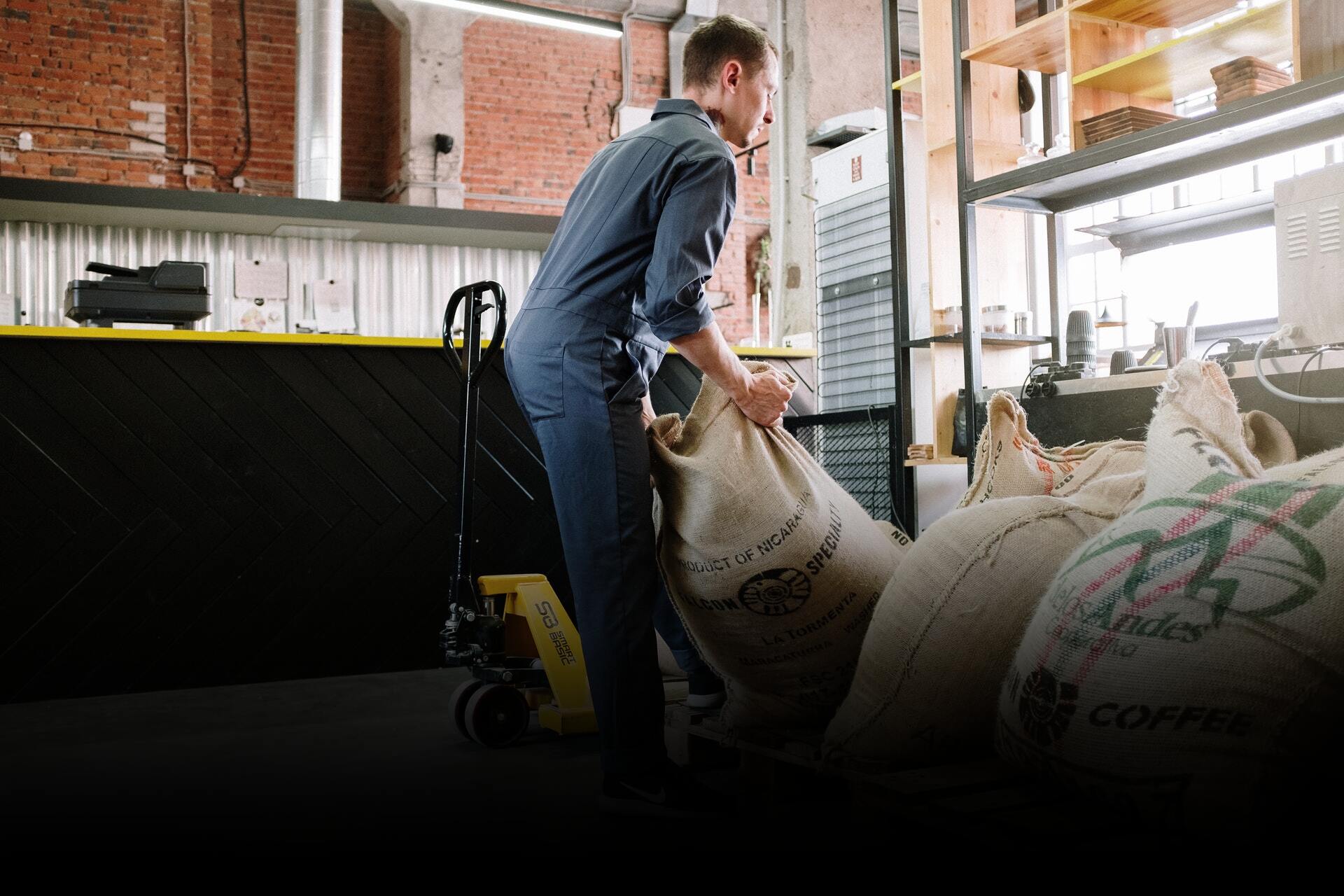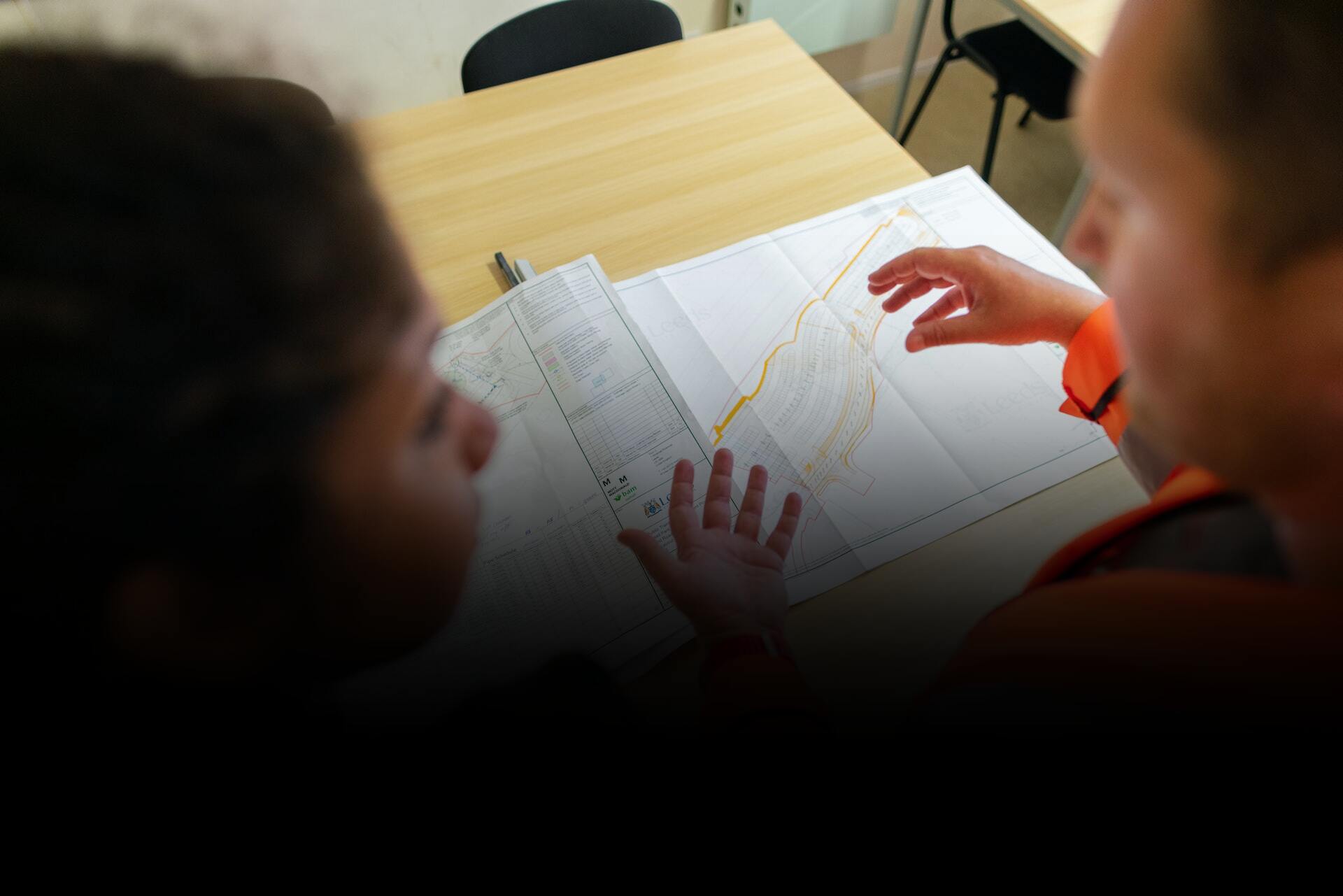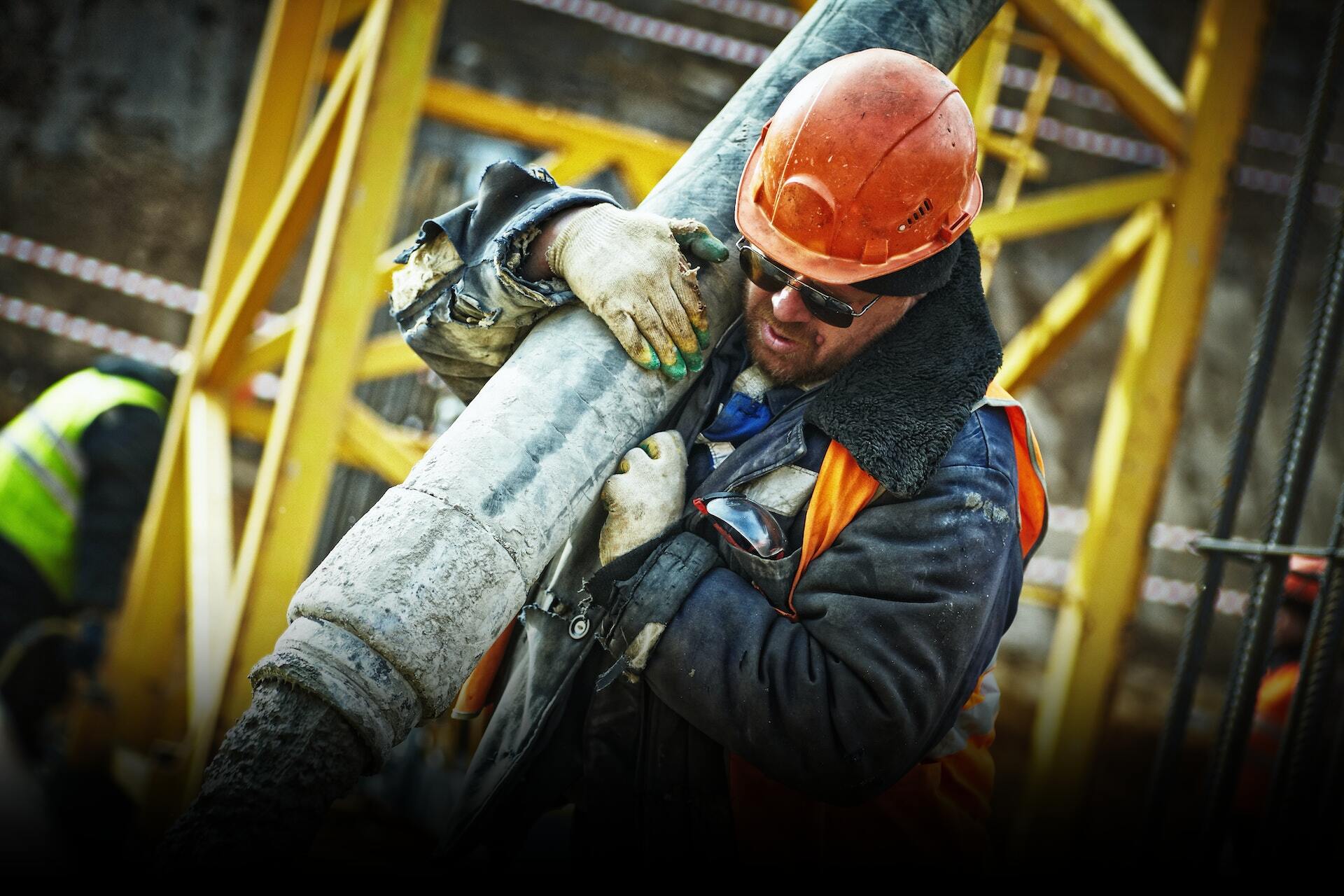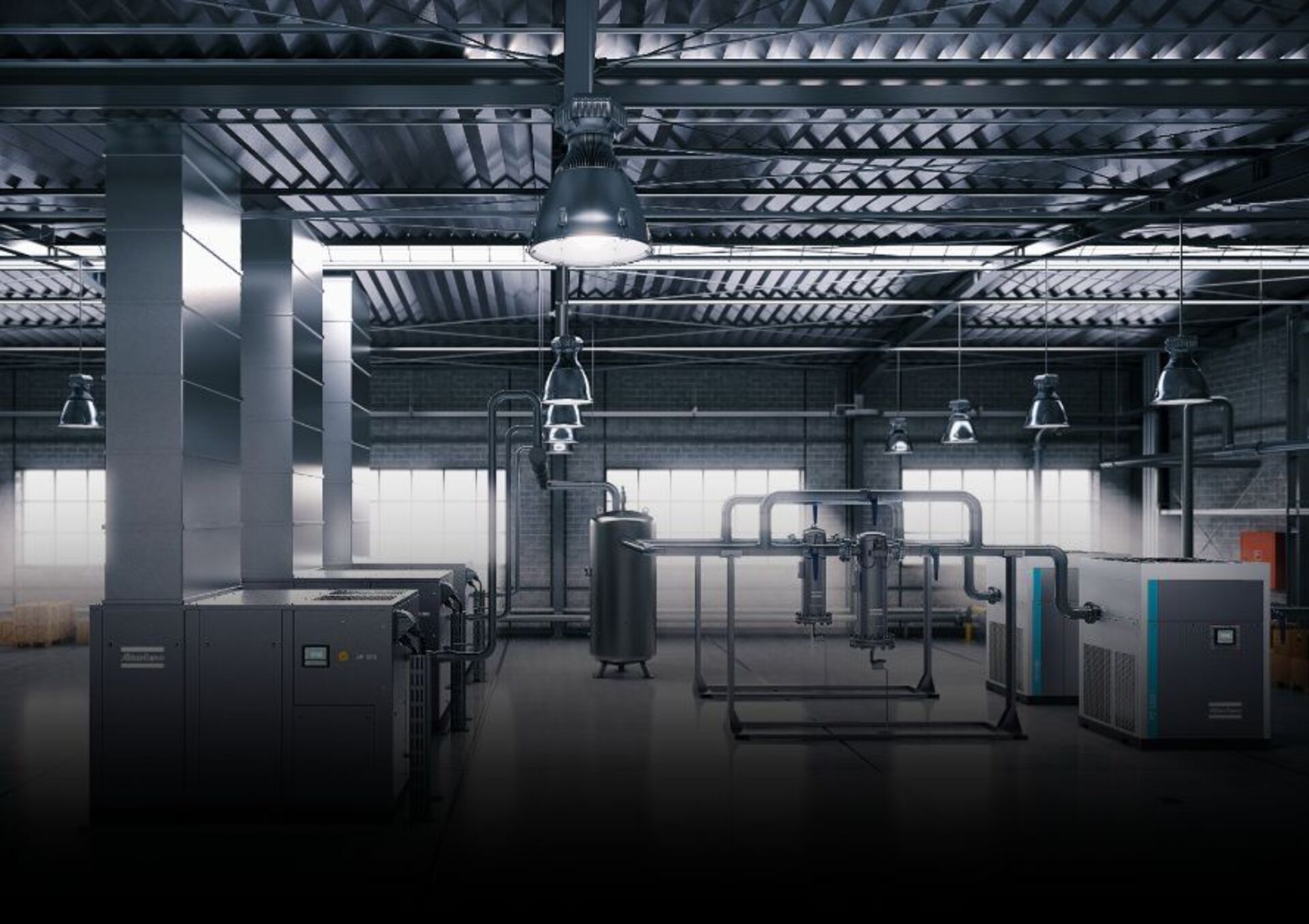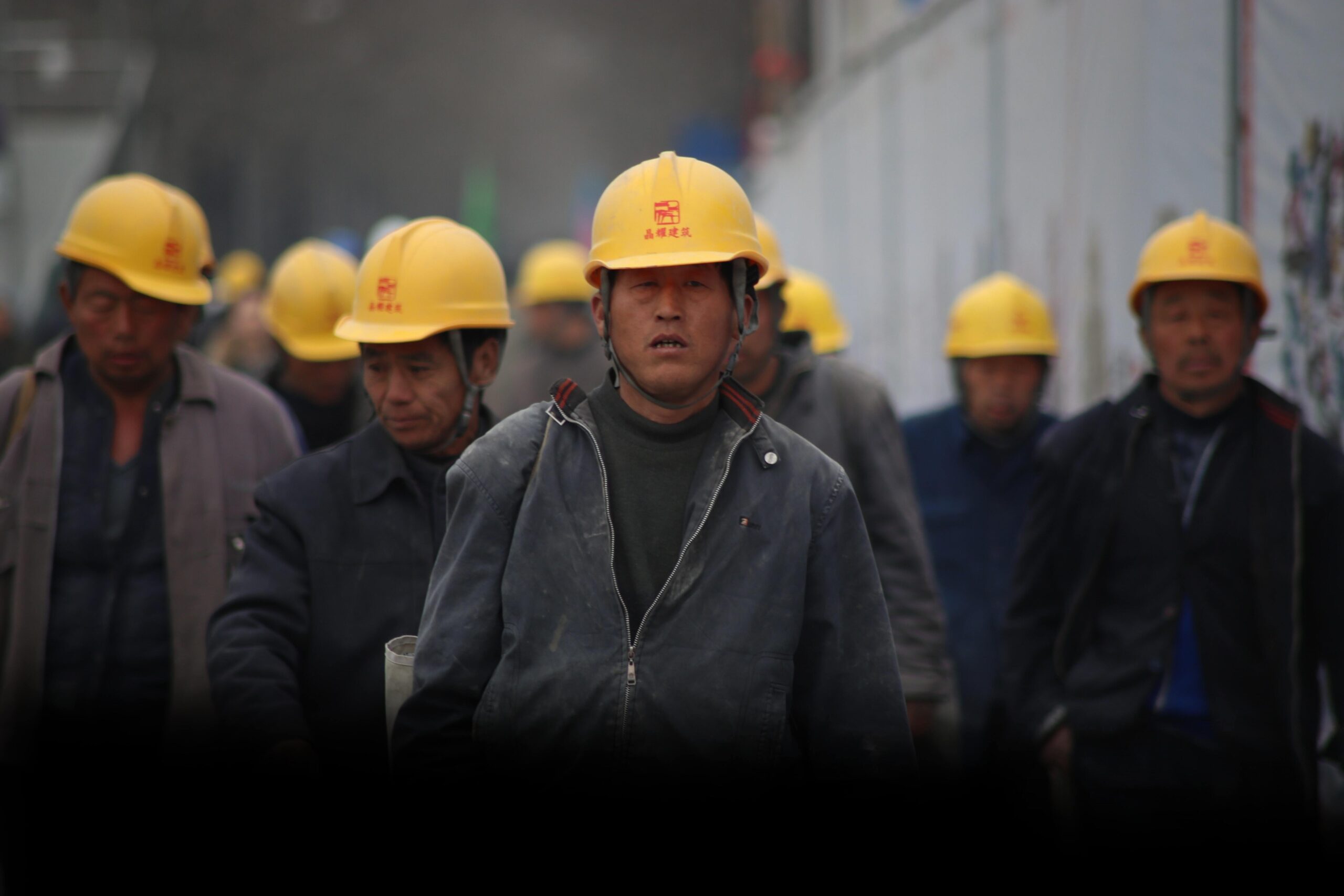
No Time to Read?
Let’s Explore the Blog Together to Know What’s Inside in 5 min summary video
Break down manual handling operations according to several elements and criteria that influence work activity in order to produce high-quality risk assessments. Factors include:
Task
Load
Working environment
Human capabilities
Read "How to Prevent Manual Handling Injuries Pt.2"
2. The Load
Although the weight of the load is considered a main feature affecting the risk of injury; sometimes other features of the load are considered, such as:
- Resistance to movement (pushing/pulling)
- The size
- The shape
- The rigidity
Not only should risk assessment identify the weight of the load, but also define ways of reducing its weight, especially when materials like liquids and powders are packaged in smaller containers. However, that may not always be the safest way if handling frequency is extremely increased, it leads to fatigue.
Pick up and Grip
The size and shape of a load critically affect the way of holding; if the load’s size and shape obstruct passing between the knees, the risk of injury will increase since the worker can’t pick it up safely, and it is also harder to get a good grip. In general, the more dimension of the load, the higher the proportion of injury that occurs, and much higher if this size is exceeded in more than one dimension, so 75 cm is the limit of load dimension.
Bulky and Unwieldy Load
While carrying, pushing, or pulling a load, clear vision is significantly required. The bulky load restricts vision, taking into account the increased risk of slipping, tripping, falling, or colliding with obstructions. Unwieldy or poorly controlled loads can increase the risk of injury, even if they are light, poorly balanced, hit obstructions, or may be affected by wind or other sudden air movements. Team handling may help with both issues.
Center of Gravity
It is a critical feature to get a well-balanced load because if not positioned centrally, it will increase the risk of injury. Locating the heavy side away from the body will put extra stress on it. Unmarked packages may not point to the center of gravity (at center or shifted). This increases the risk of injury
Ability to Grasp Load
Large, rounded, smooth, wet, or greasy loads or those with no handles are difficult to grasp, leading to more strength, which means stress. These circumstances represent a high probability of dropping it and a high risk of injury.
Unstable Contents of Load
Stacks or bundles of loose items, rigid, or have movable contents can increase the risk of injury. The stresses arising are less predictable, and the handler needs to be prepared for sudden additional stresses.

Sharp or Hot Load
Contact with sharp edges or rough surfaces, too hot or cold, without protective clothing, leads to a high risk of injury. Such features may also make the load harder to grip and force the handler to hold it away from the body.
3. Working Environment
Working environment can influence safe work activity; for example, restricted headroom will result in a stooping posture, fixed positions may increase the need for twisting, etc. When the working environment prevents safe working or good body posture, the risk of injury from manual handling will be increased.
Uneven, Slippery or Unstable Floors
Uneven surfaces impose more forces required to move loads, and activities of construction and agriculture on unmade ground or temporary surfaces increase the risk of injury. Also, floors that move like trains and mobile work platforms add more risk of injury through sudden, unpredictable stresses.
Floor Level or Work Surfaces
Uneven surfaces impose more forces required to move loads, and activities of construction and agriculture on unmade ground or temporary surfaces increase the risk of injury. Also, floors that move like trains and mobile work platforms add more risk of injury through sudden, unpredictable stresses.
Extremes of Temperature or High Humidity
Manual handling work in hot conditions leads to sweating, which in turn obstructs vision or reduces the ability to grip securely. Heat stress may present when the body temperature increases, especially when levels of humidity are high and air velocity is low. On the contrary, low temperatures can reduce blood flow to the skin and limbs. Air movement also increases the wind chill factor. If the body temperature drops too far, there is a risk of hypothermia.
if you need help just ask
– Safety Advisor
Poor Ventilation or Gusts of Wind
Levels of oxygen in the atmosphere are reduced by poor ventilation, particularly in enclosed spaces. This, in turn, will affect the abilities of workers by making them experience fatigue more quickly. High risk can present when strong winds blow, which can make it harder to handle large loads safely.
Poor lighting conditions
Poor lighting, dimness or glare may prevent from seeing loads or equipment properly and may cause poor posture. Poor lighting on stairs and contrast between areas of bright light and deep shadow can aggravate tripping hazards and make it more difficult to judge height and distance.
4. Human Capabilities
Physical capabilities differentiate individuals; some have the ability to carry heavier loads, more endurance than others; that’s why manual handling safety varies widely between individuals. However, in first place consider the design of the task and the workplace, then comes “variations of individual capability”
Physical capability tends to decline as part of the aging process. But you should not assume that certain jobs are physically too demanding for older workers. Individuals with a history of back pain should not be excluded from a job unless there is a good medical reason for restricting their activity.
New and expectant mothers If their role involves manual handling, their capabilities may be affected by hormonal or physical changes. In general, the strength of healthy women is less than that of healthy men. This relates to their body sizes and amounts of muscle being, on average, smaller than those of men.
Control Measures
- Provide proper handles, hand grips to improve the handler’s grasp.
- Provide a trolley, slings
- Place the load securely in a container which is easier to grasp
- Make sure that any loose items are held together securely
- Keep containers of liquids upright if possible
- Keep containers well filled to increase stability
- Always consider the shape, the weight and the nature of the contents
- Make sure that loads are not contaminated (oily or greasy).
- Putting hot or cold materials into insulated containers
- Provide suitable handling aids or PPE.
- Provide proper handles, hand grips to improve the grasp.
- Provide mechanical aids as possible (trolley, slings)
- Place the load securely in a container which is easier to grasp
- Make sure there is enough clear, well-maintained floor space

- Make sure there is enough headroom in gangways
- Avoid carry or push/pull loads through narrow doorways
- Allow enough room for all the manoeuvres necessary
- Keeping workspaces clean and tidy.
- Any packaging is designed to prevent the load from shifting unexpectedly while handling





















